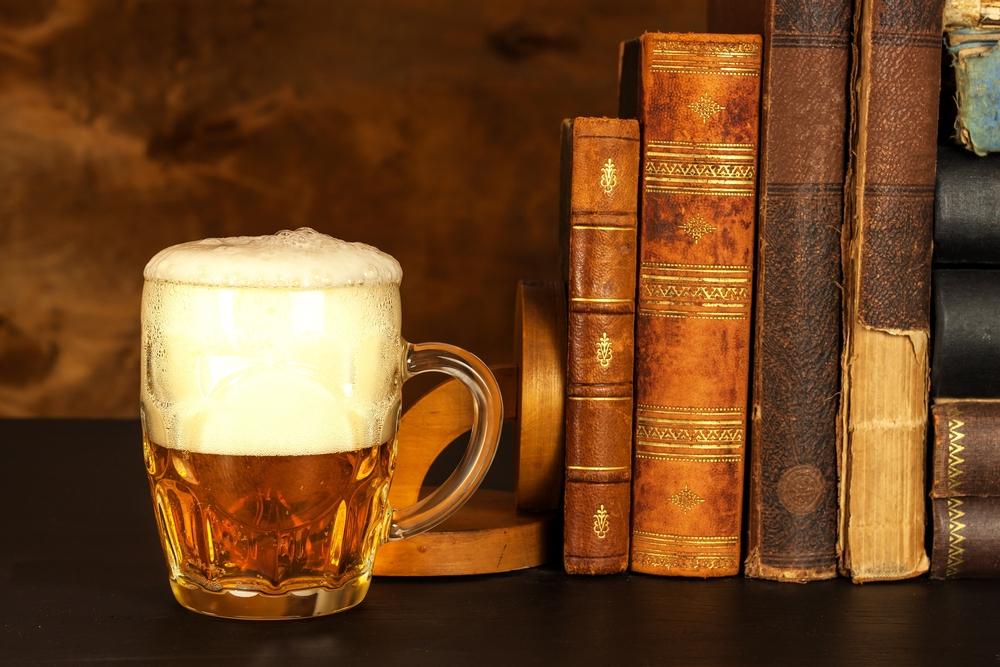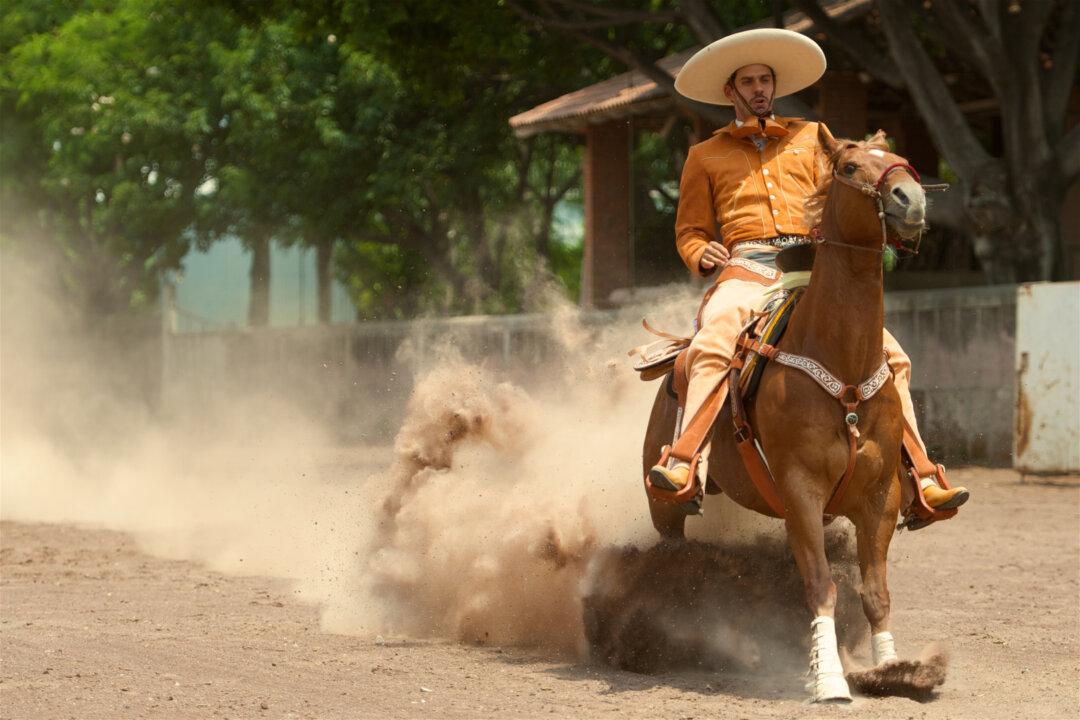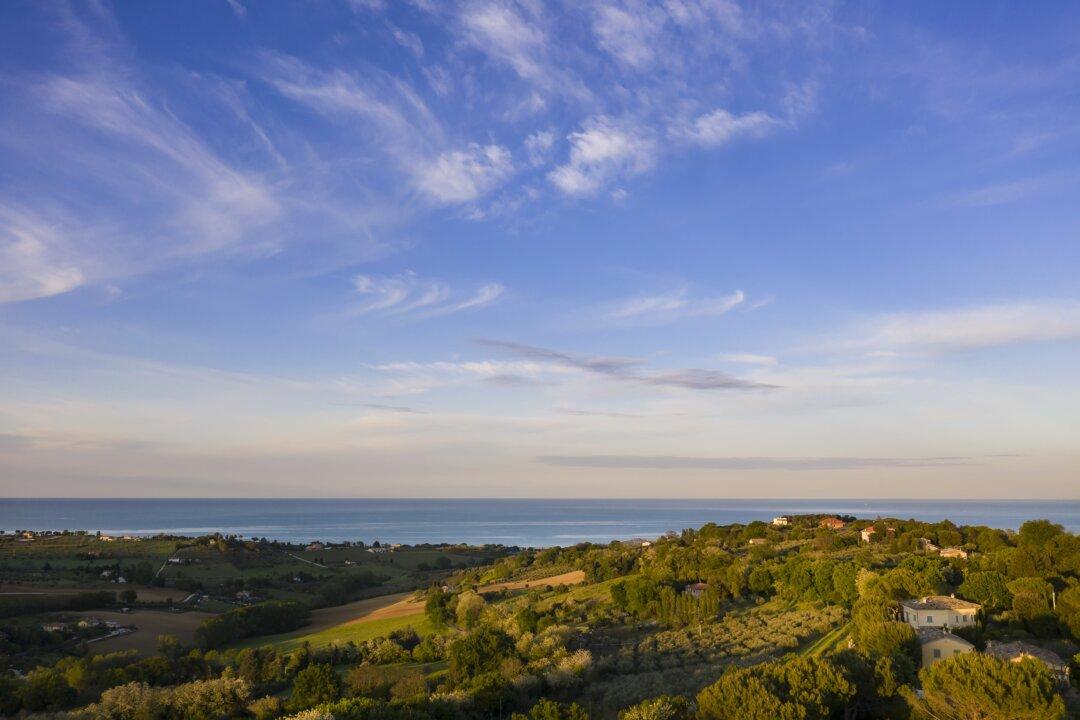If I could choose only one museum to frequent for the rest of my life or I wouldn’t be allowed to drink beer ever again, I’d choose the American Natural History Museum (ANHM) in a heartbeat. I’d then live out my days a happy woman despite the cruel ultimatum I once faced.
It’s only fitting that I recently attended the museum’s event to preview and discuss ANHM curator Rob DeSalle and curator emeritus Ian Tattersall’s new book, “A Natural History of Beer,” the “natural” follow up to their “A Natural History of Wine.”





